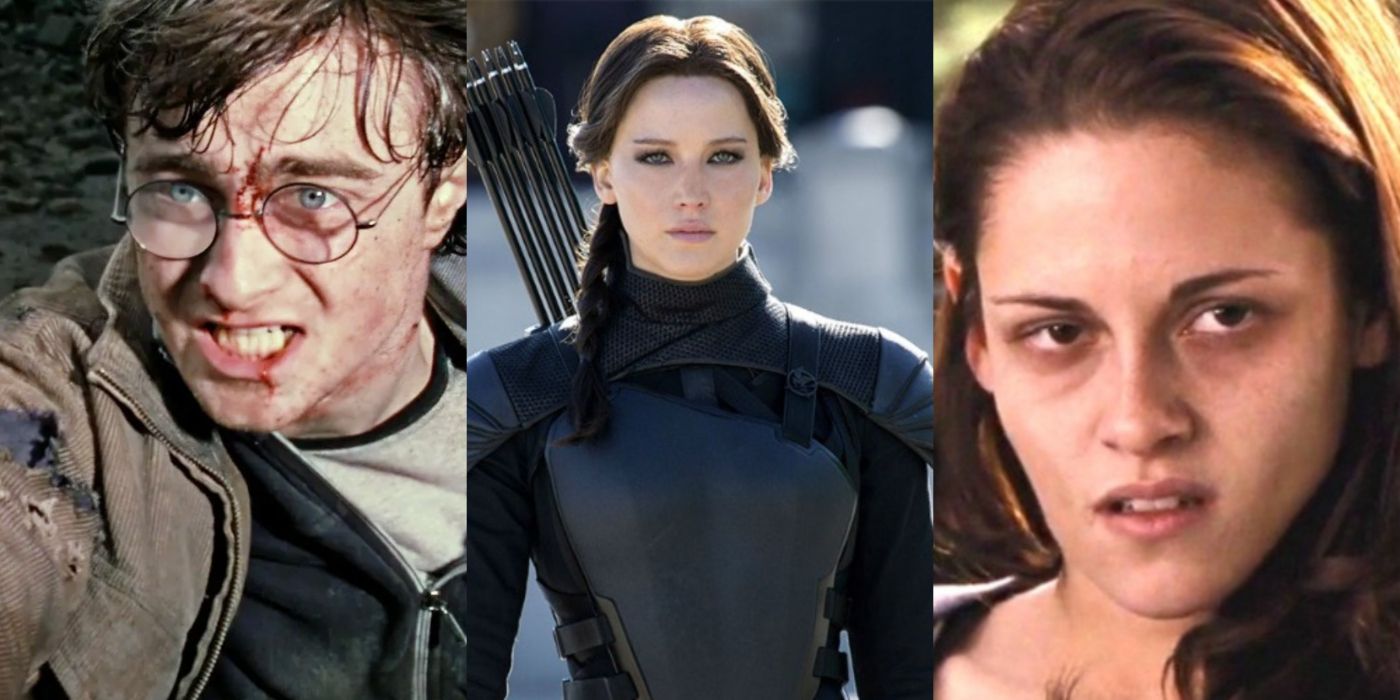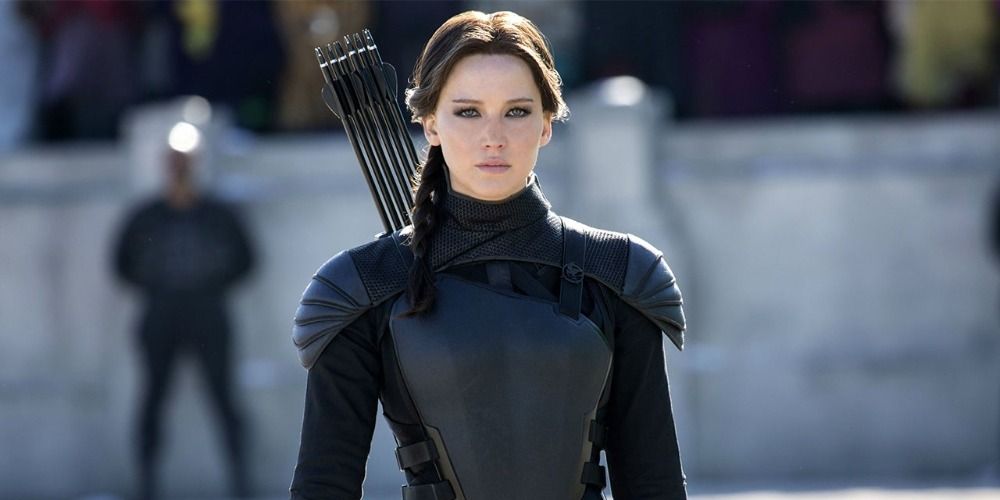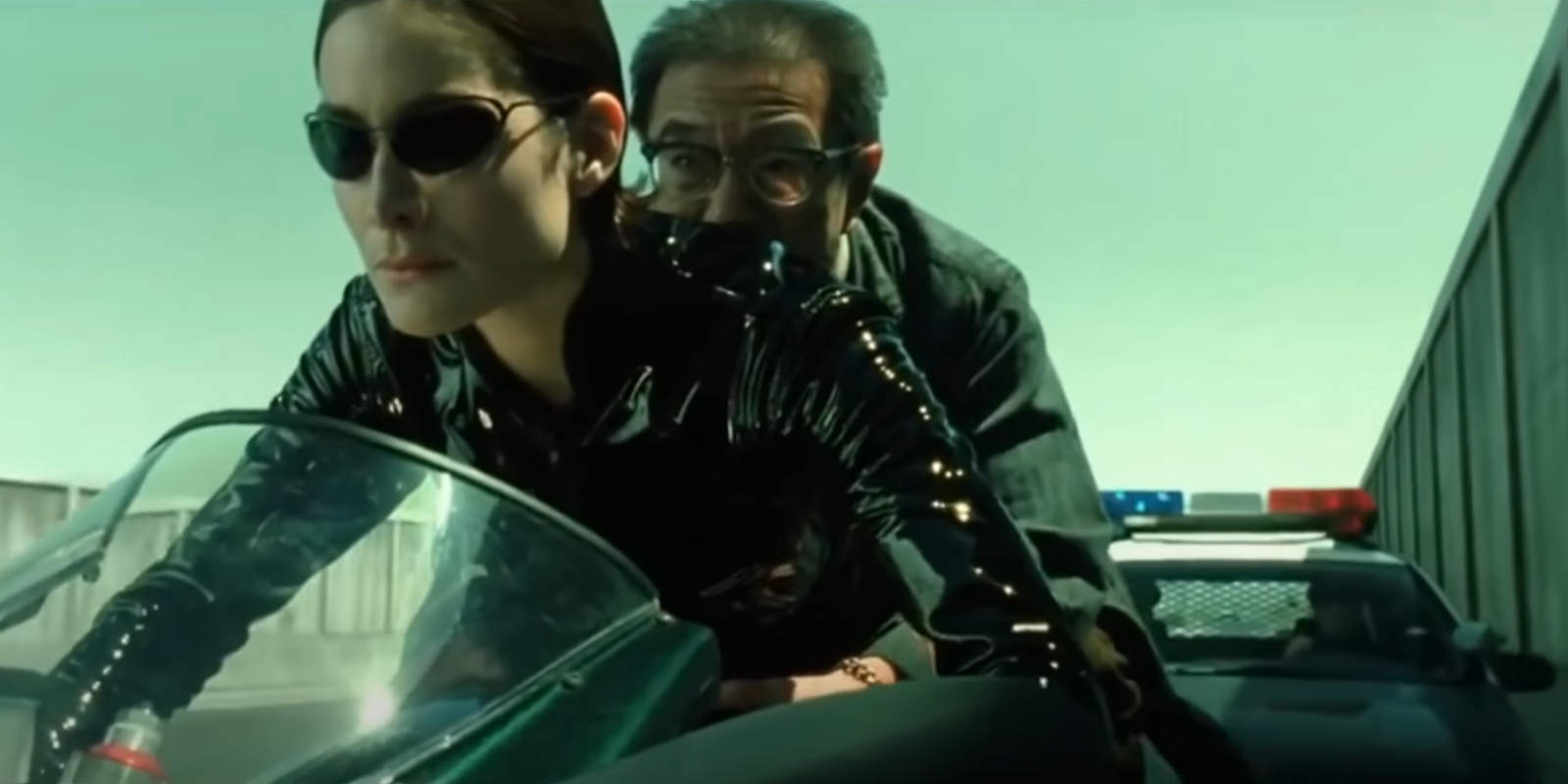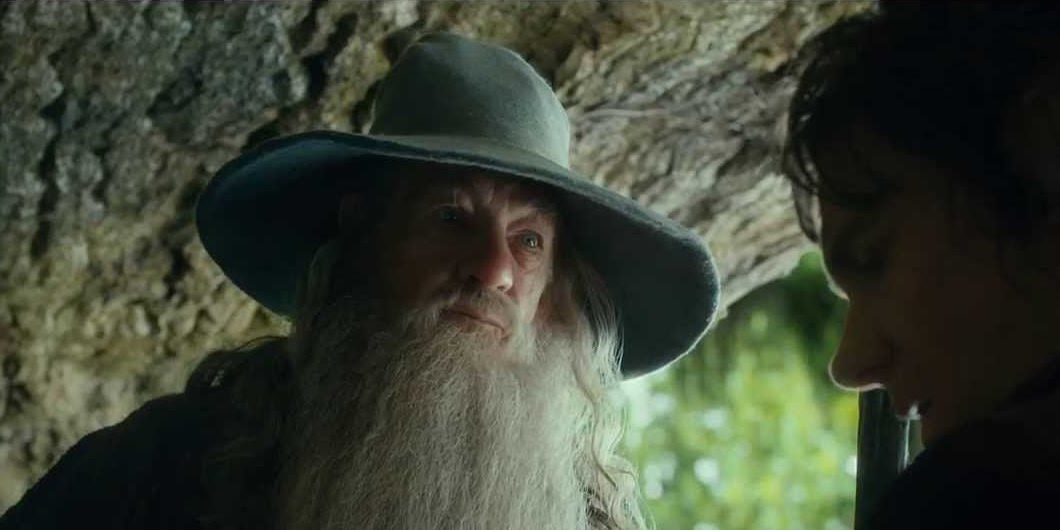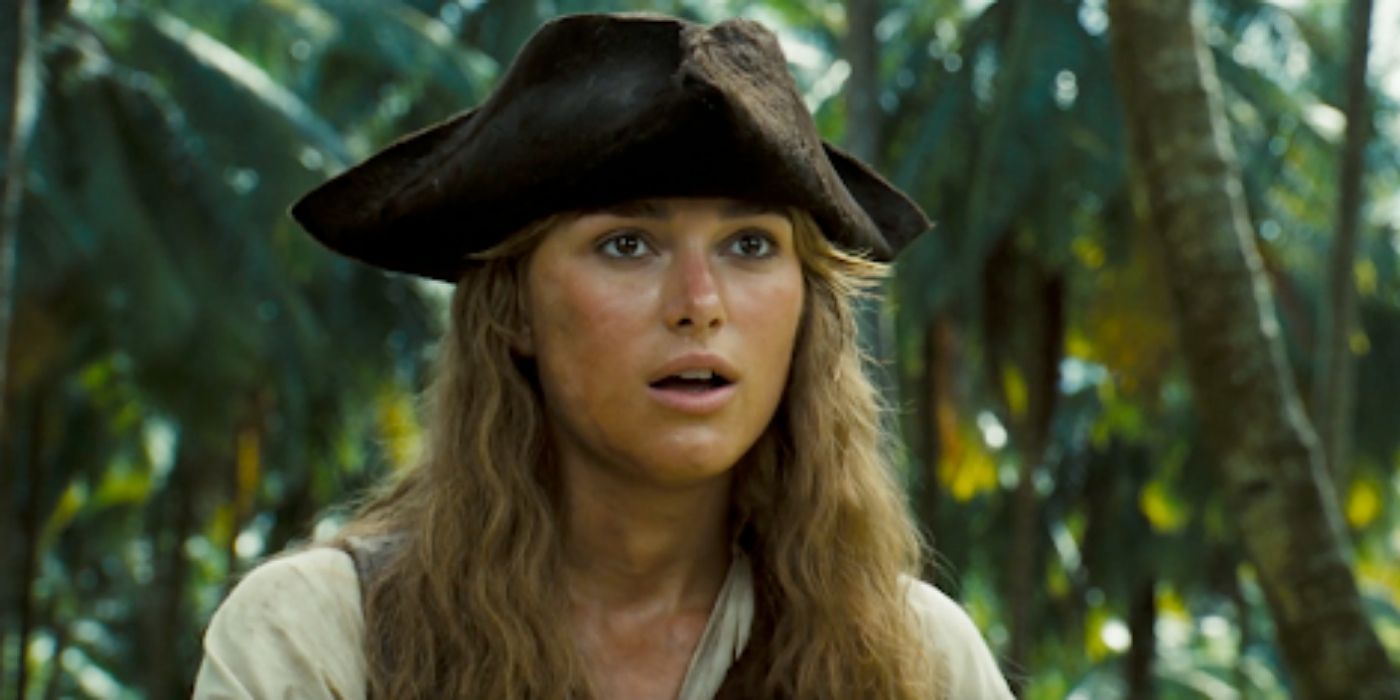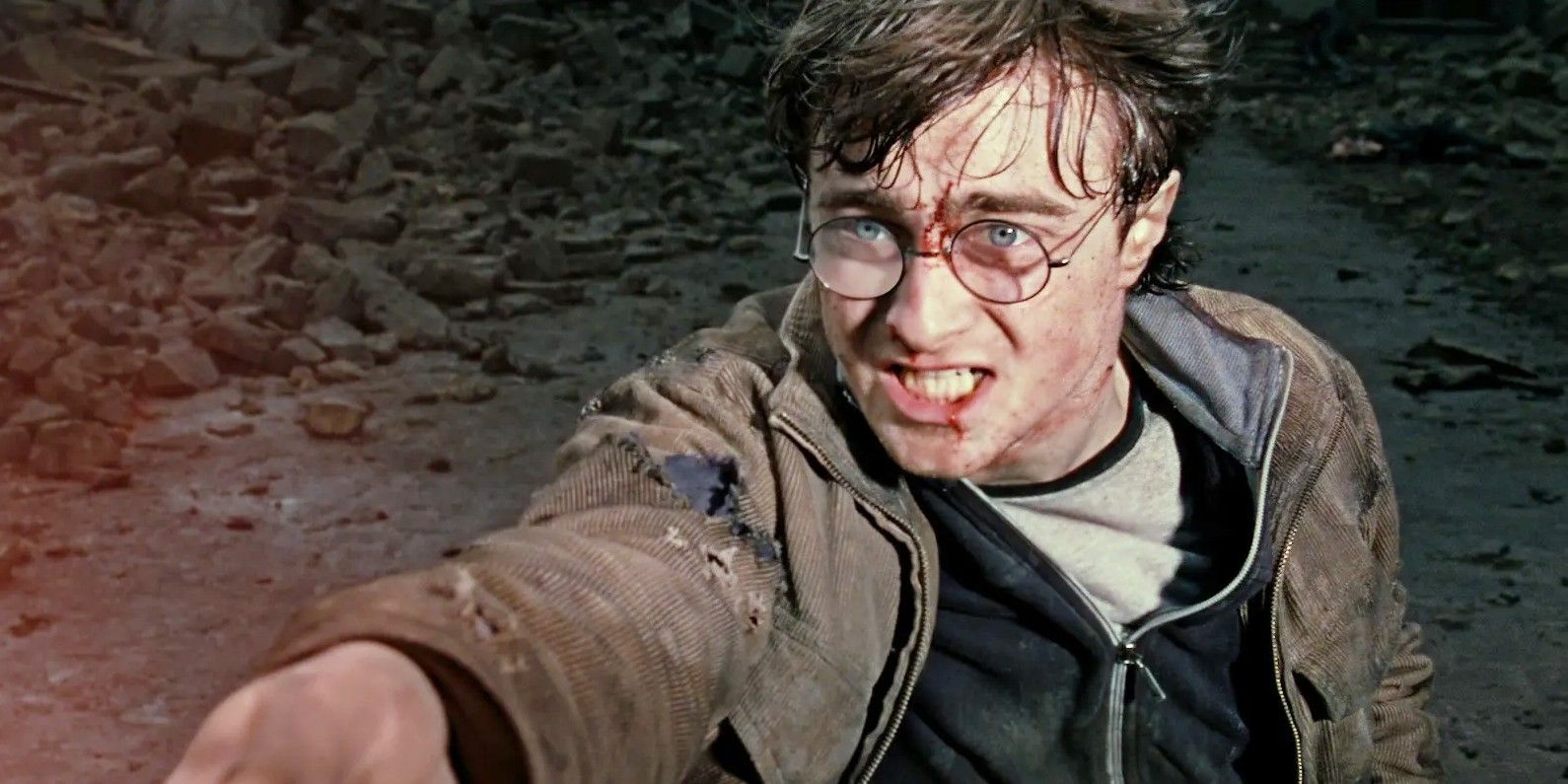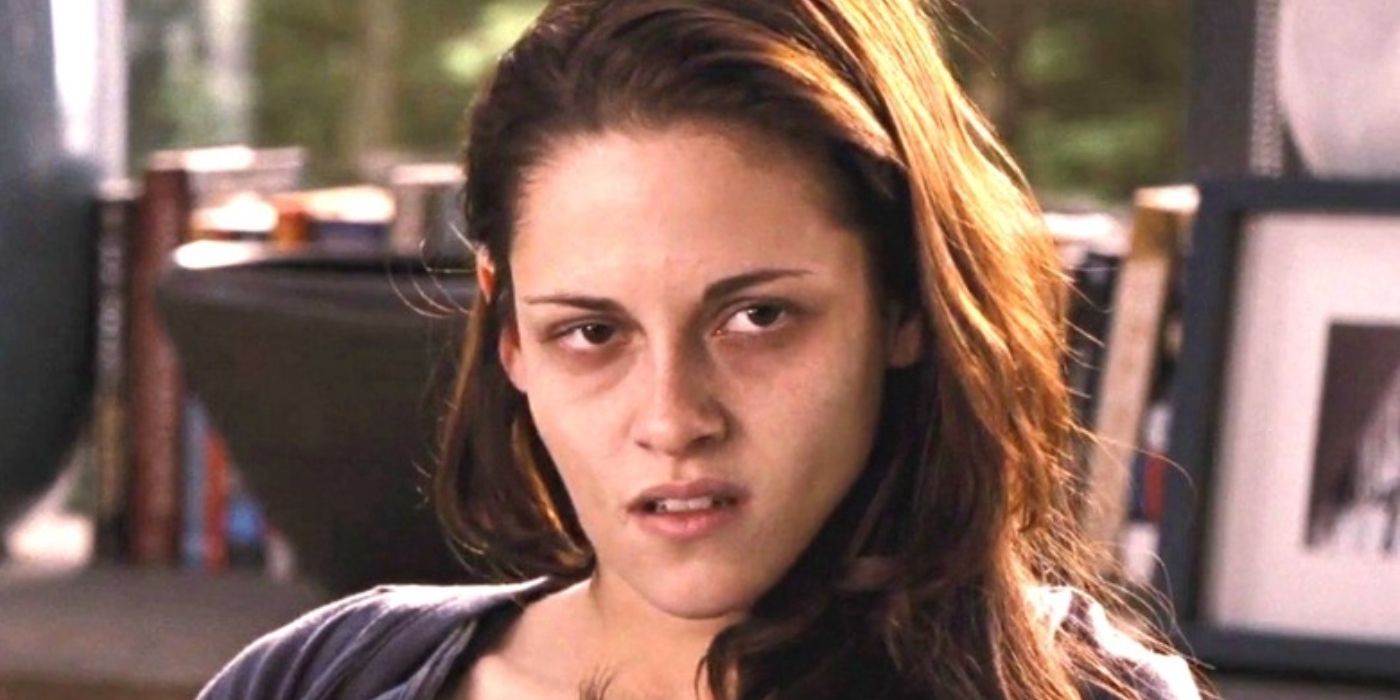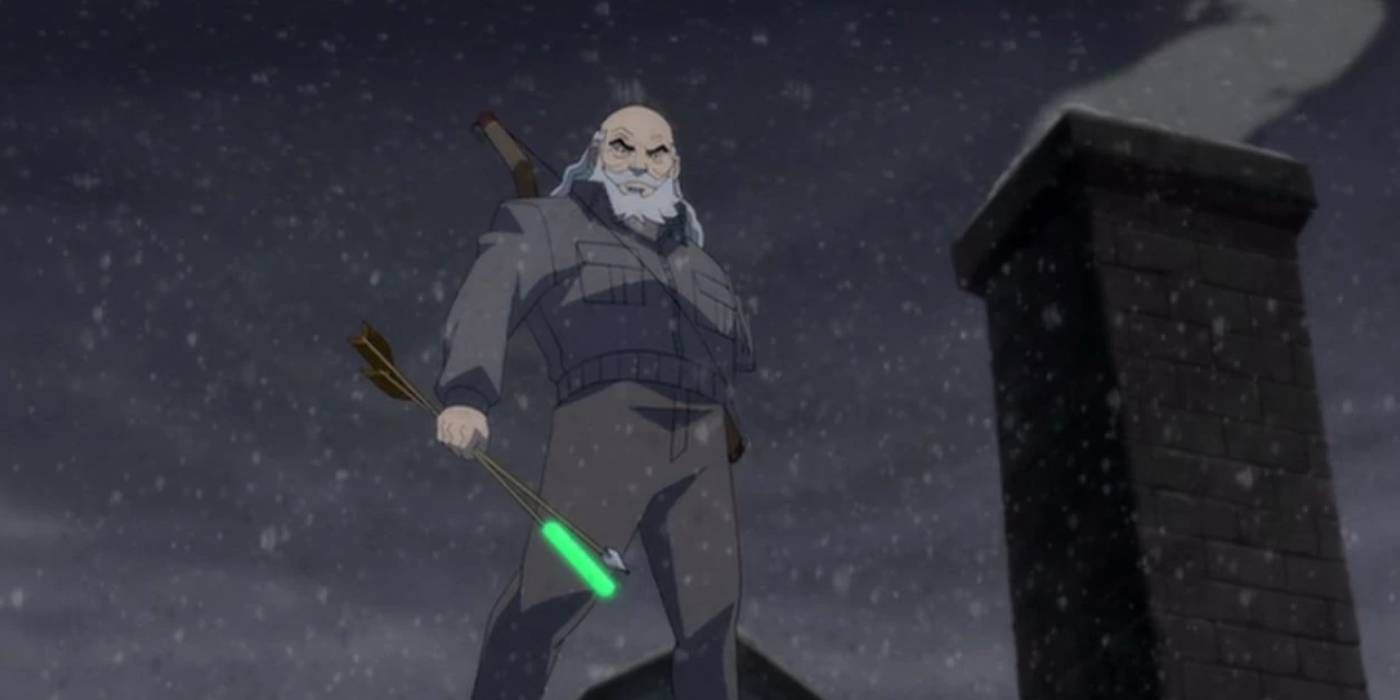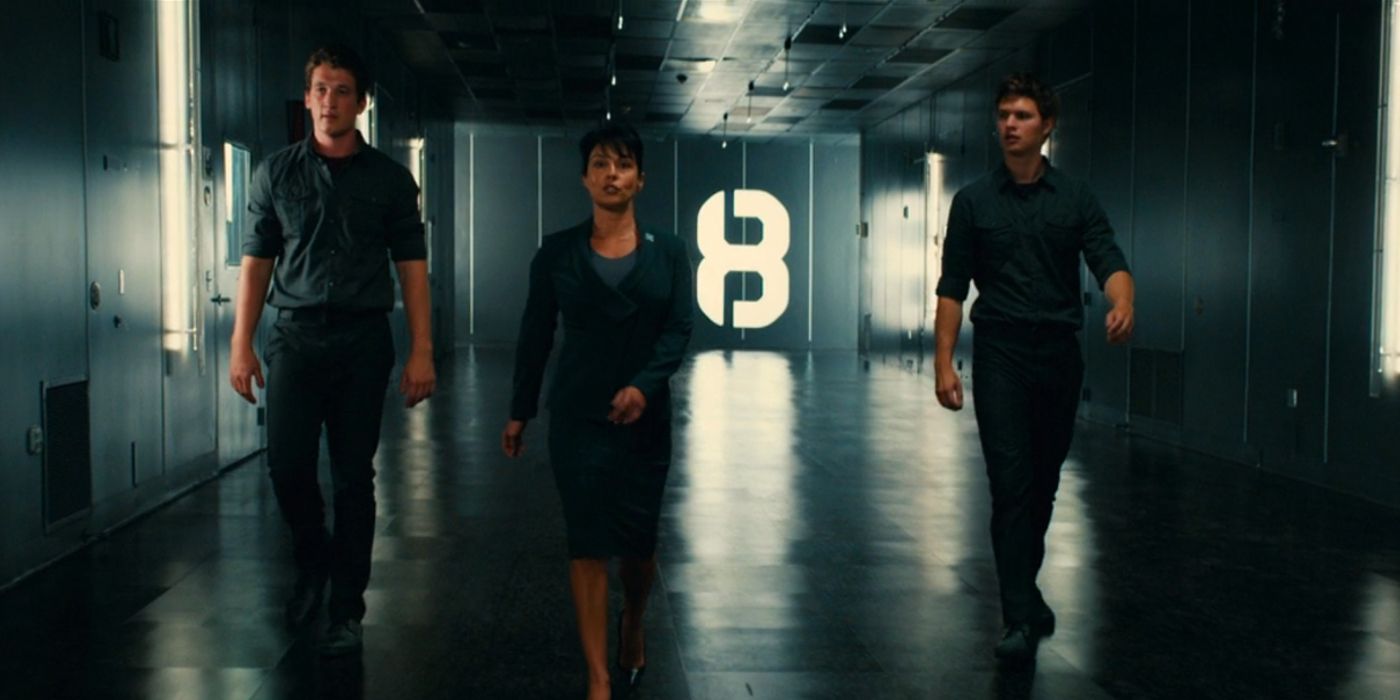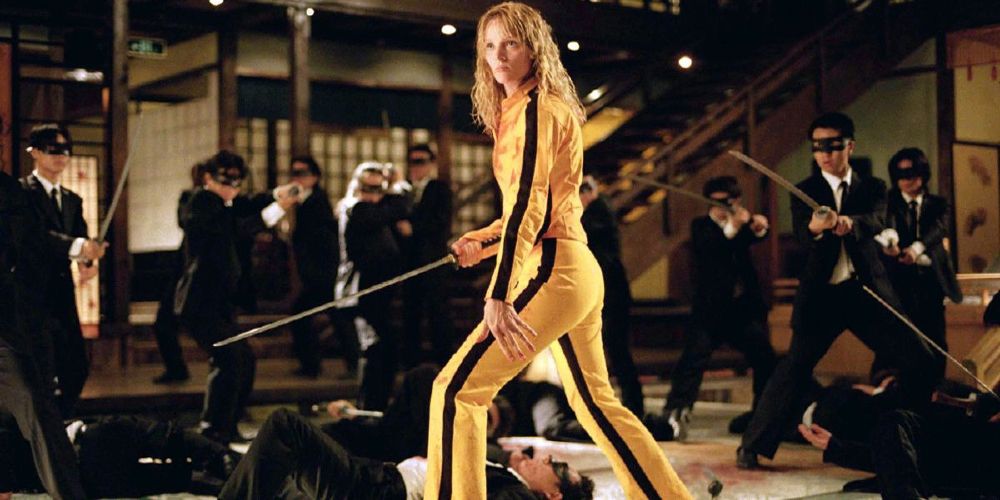Mission: Impossible 7 will soon be released and with the title Mission: Impossible - Death Reckoning Part One, it's hinting at a two-part story. Given the copious amount of stunts that have been teased for the movie, whether it's jumping off a mountain on a motorbike or hanging off a plane, it's no surprise that the series needs two movies to tell the whole story.
However, splitting one story into two movies has been a common trend in Hollywood for a while now, but it hasn't always made that much sense. Where some movies genuinely need more time than others to satisfyingly tell their stories, studios tend to split movies into two parts to double their profits, and that leads to some bloated films.
The Hunger Games: Mockingjay
The overarching story of Mockingjay is much simpler than the Hunger Games series' previous films, as it simply follows Katniss plotting the assassination of President Snow, but it's turned into a bloated and confusing mess. While the final two movies in the series, Mockingjay Part 1 and Part 2, made a combined total of $1.412 billion worldwide (according to Box Office Mojo), which is a huge result, each movie made less than the previous one.
Not only did Part 1 make over $100 million less than Catching Fire, but Part 2 made $100 million less than Part 1 too. That's a clear sign that audiences believed that the source material was stretched so thin, and they didn't care enough to see it through to the end. Fans at least got to admire more spectacularly campy and theatrical outfits, but that's about the only positive aspect of splitting the movie into two parts.
The Matrix Reloaded & Revolutions
The Matrix is an incredible standalone sci-fi action movie that raises some mind-blowing philosophical debates. However, The Matrix Reloaded and The Matrix Revolutions are joined at the hip. They were shot back-to-back, tell one story, and, according to Slash Film, the Wachowski sisters wanted the films to release in theatres just two months apart. The films were eventually released six months apart, but even in such a small amount of time, viewers had already forgotten what happened in Reloaded by the time Revolutions came out.
There are loads of great moments in each movie, whether it's the highway chase in Reloaded or the final battle in Revolutions, and Reloaded is only a bad sequel compared to its predecessor. But there's also so much aimlessness too, such as the rave in Zion, the overly long sequence with the Architect, and Neo stuck in the white subway station for what feels like forever. The movies are hugely divisive amongst fans of the series, but if they were one movie, trimming the fat from each one, it would have been way more impactful and an epic and just as good follow-up to the original film.
The Hobbit Trilogy
The Hobbit movies might make up a trilogy instead of being just two movies, but it still tells one continuous story and is based on a single book, and even by J.R.R. Tolkien's standards, the book is very short. In that respect, it's even more sinful than the two-part movies.
Given that Peter Jackson managed to cram in as much of each Lord of the Rings book into their own films and they ended up being astonishing, there's no reason the filmmaker couldn't have done the same with The Hobbit. The series could have been told in one movie with the final act seeing Bilbo face off against Smaug, and it would have made for a great epilogue to the Middle-earth Universe.
The Pirates Of The Caribbean: Dead Man's Chest & At World's End
It's a testament to just how bloated the two Pirates of the Caribbean movies are that they have a combined runtime of five hours and 20 minutes. The series is simply based on a Disney theme park ride, but the second and third films become convoluted epics. They continuously jump from battles between ships in the ocean to a forced love story to Jack Sparrow's origin to Jack aimlessly wandering around a desolate island.
Most fans will even admit that it's easy to get lost at several points in the narrative. Dead Man's Chest is one of the worst reviewed billion-dollar-grossing movies, and At World's End failed to even reach the 10-digit number, which is an underperformance by Pirates' standards. As the two films tell one story, it could very easily be one film, and as there are so much unnecessary sequences, it wouldn't even have to be a necessarily long movie.
Harry Potter and the Deathly Hallows
Harry Potter and the Deathly Hallows set a huge trend in Hollywood. While two-part movies had been made before the final Harry Potter entry, it was Warner Bros. that popularized it and made other studios realize how much money could be made by splitting movies into two parts. The two movies made a combined $2.4 billion (according to Box Office Mojo), and while more content in the wizarding world is in no way a bad thing, there is no valid reason why The Deathly Hallows couldn't have been one movie.
Loads of Harry Potter book scenes were cut from the movies, but the films aren't any worse for it. Order of the Phoenix is 60,000 words longer than The Deathly Hallows, but the movie is two hours and 20 minutes shorter than the two-parter, and it feels a lot leaner and way more exciting because of it.
Twilight: Breaking Dawn
There's no more obvious reaction to the success of The Deathly Hallows than Twilight: Breaking Dawn being split into two movies. Being yet another movie based on the final novel of a young adult series, Breaking Dawn obviously had a lot to wrap up, but that was still possible to do in one feature-length movie. But for as much criticism as The Twilight Saga gets and for as easy it is to poke fun at the series, the approach worked wonders in terms of box office gross.
Breaking Dawn Part 1 and Part 2 are the two highest-grossing movies in the franchise. However, they also have two of the worst Rotten Tomatoes scores of the franchise too, with Part 1 being the very lowest rated with 25%. The two films aren't particularly long, and the source material could very easily have made for one concise film, but it wouldn't have made as much money that way.
Batman: The Dark Knight Returns
Batman has a wealth of great animated movies, and it's something of a successful side hustle for Warner Bros. when it comes to the masked vigilante, one of the studio's hottest properties. A surprising amount of effort goes into the animated releases, and they're extremely faithful to the source material, as most of them are direct adaptations of the Caped Crusader's comic books.
That's no different when it comes to The Dark Knight Returns, which is based on one of the most celebrated Batman comics ever. The film is split into two parts, but each part is a bite-sized 74 minutes. The two films could be joined together without even cutting out a single frame and it'd still be less than 2.5 hours. However, as they're direct-to-DVD, a single movie doesn't exactly make sense financially.
The Divergent Series: Allegiant
The Divergent series suffered the most from the decision to split the final novel in the young adult series into two movies. Allegiant was such a failure at the worldwide box office that the second part was never released, as the studio scrapped the final movie. That left the few fans of the series not knowing how it ends.
Lionsgate, like every other studio splitting movies into two parts, obviously thought that it'd make for double the profit. But, ironically, if the studio had decided to adapt the whole novel with a single movie, it would most likely have been way more successful. It was a weird decision to split the Allegiant novel into two in the first place, as the first two installments of the series weren't all that successful in the first place.
Kill Bill
It's almost as if Quentin Tarantino has never heard of jump cuts, as he lets scenes play out where any other filmmaker would cut forward in time. While that's part of why Tarantino is so beloved, as these sequences create a tone and build the movie world, Kill Bill is full of sequences that could have been cut out.
Most of the coma sequence in Volume 1 is completely unnecessary and vulgar without being remotely funny, and that's an easy 20 minutes that could have been edited out of the film. And then there's an entire animated sequence that delves into the backstory of a secondary character. With the fat trimmed from both Volume 1 and Volume 2, it could have made for a tight but still epic 2.5-3-hour martial arts movie.

